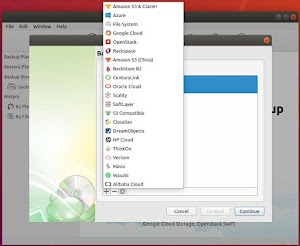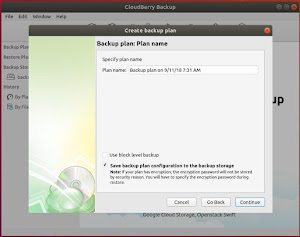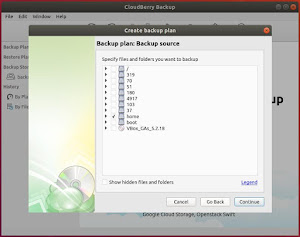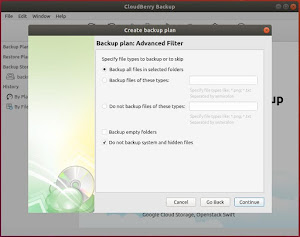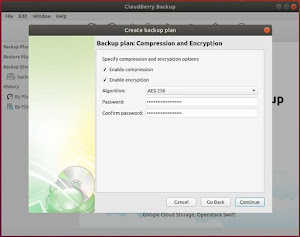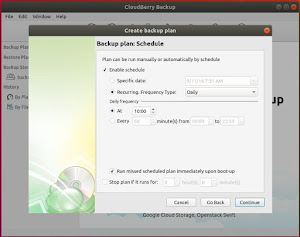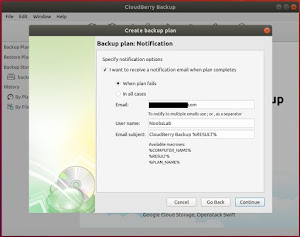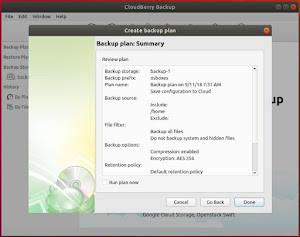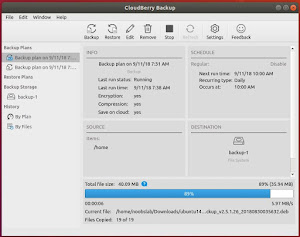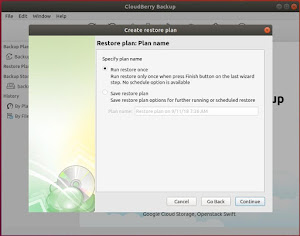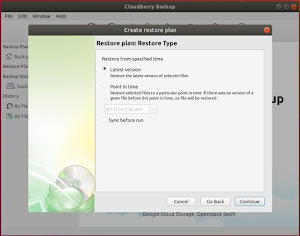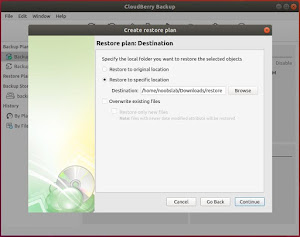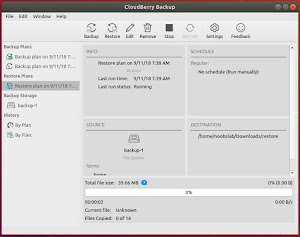Welcome to the another review in the PIN (Play It NOW) series, where we highlight under-rated games that didn’t get the praise and attention they deserved on release and still don’t to this day. Until now! This time, we’ll take a look at PixelJunk Shooter by Q-Games Ltd.
History
PixelJunk Shooter is Q-Games’ fourth title after Racers, Monsters, and Eden. Q-Games have been around since 2001, but it took them 6 years before they launched their PixelJunk™ label on the Playstation 3 when Racers first appeared followed quickly the same year by Monsters. Eden appeared the following summer and finally Shooter was launched in 2009.

However, we had to wait another four years for Q-Games to consider the PC an attractive platform. When they did, their timing couldn’t have been better. Valve had just released Steam for Linux and in a surprising and pleasing turn of events, Q-Games released Monsters in August that year for all three platforms!
Shooter followed, again for all three platforms, towards the end of the same year. Sadly, since then Q-Games have failed to show us any consideration, with Shooter Ultimate, Nom Nom Galaxy and Monsters 2 all being launched Windows-only. Indeed, most of their literature suggests that Linux support was either an early experiment, or a complete accident – on their website, their non-console language mainly consists of “PC” and occasionally even “Steam” to mean Windows. It’s pretty clear where their focus lies and this is reflected in both their Japan-location and their listing of their primary clients on their website, a page which says simply “Nintendo and Sony”.
But however we came to having the incredible Pixeljunk Shooter on Linux, I’m just glad it happened. There’s hours of satisfying gameplay to be had here, so let’s dig in and learn more.
Plot
We won’t spend long here, I’m afraid! You man a rescue ship tasked with entering a planet’s mining operation which has gone disastrously wrong. Your job is to rescue all the scientists you can, and figure out what went wrong with the operation. You’ll be encouraged to look for secrets and diamonds along the way, but there’s not much else to distract us from the gameplay.

The bosses and secrets do allude to what caused the disaster and a story of sorts unfolds, but it’s really incidental. You’re here to manipulate the environment, shoot monsters and rescue workers and scientists. Move along! Nothing (much) to see here!
Game Mechanic
Shooter is a side-view exploratory twin-stick shooter with interactive, changeable environments consisting of elements which can also interact with each other to cause new elements to form, usually allowing progress through the level. The most obvious example is that if you pour water onto lava (well, technically it’s magma, because it’s not on the surface of the planet, but I’ve always called it lava, so I’m sticking with wilful ignorance on this point), it cools and turns into muddy rock which can be shot away with your lasers. Similarly, if you pour lava on hard ice, it will turn into water. If you set fire to gas, it will ignite and cause an explosive chain reaction. There’s also a magnetic oil which has its own unique properties and interactions.
Managing these interactions, while fighting off sporadic attacks from aliens, and making sure you rescue the humans before the lava or monsters gets to them is the core of the game.
All this mention of lava and ice might have tipped you off that temperature is a core mechanic in the game. Your ship has a temperature meter which will rise quickly when in proximity to heat sources and over-heating will cause the ship’s functions to shut down, which in turn will cause your ship to tumble out of the sky. Any impact with a hard surface or another bullet will cause your ship to explode while in the “shutdown” state. But if, while falling to your imminent death, a stray splash of water hits you, or you land in a pool of water, the cooling effect will revive your systems and bring you back into the game! In fact, some of the best moments of the game are entirely adlib through that exact mechanic! Even enemy shots don’t really “kill” you – they just overheat you and you start plummeting downwards, but you never know where you’ll land.
As usual, you can watch my short (three minute) video of the gameplay mechanics as I complete a single stage, within one of the ice-based levels.
Good news! Your ship has some unusual properties to help you survive. It does have a fairly standard laser-fire on the RT, but you can also hold down that trigger to cause multiple homing missiles to launch. There are no ammo constraints surprisingly, but each missile raises your core temperature significantly, and so firing too many could actually kill you!
The LT will fire out a grappling gun, ideal for picking up stranded scientists. Finally, you have a spin attack which you activate by spinning the thumbstick. This can break some rocks, but it’s usually more important for collecting coins from fallen enemies – the spin causes a vortex which pulls stray coins towards your ship.
That’s the basics, but later levels really capitalise on the water/ice, fire/gas, lava/rock themes. You’ll find that some levels have docking stations which change the very nature of your ship. Some will make you fire lava (which can kill you if it bounces off a wall and into your ship…) while others will make you fire water. There are even stations which cause an “opposite day” effect – lava will cool you, while water will overheat you!
Various objects also spruce up the puzzle mechanics. Sponges which can absorb water to let you carry it for short distances, lava pumps which can be picked up and positioned with your grapple gun and more. There are also diamonds and shields to be found if you look hard enough.
And finally, the bosses. Rarely, outside of Zelda or Metroid, have I found a game with such interesting and satisfying bosses. Boss fights are long and intricate and mostly don’t require you to memorise attacks (too much).

Actually, one more thing I love about Shooter – the flight mechanics. You can move your ship in any direction while facing any direction and there’s a bit of momentum giving the game a really solid feel. However, if you want speed, you’ll want to point your nose in the direction you want to go. When you do so, you quickly achieve quite a nice turn of speed, leaving a contrail in your wake. It’s a lovely little touch that really makes the game’s physics stand out.
Not so nice
I’m going to be controversial here. There is literally not a single thing I don’t like about this game. The only “not so nice” thing I can think of is my dismay that Pixeljunk Shooter 2, a PS3 exclusive, never made it to PC. Instead, they collected elements from both games, added new content and released it as Pixeljunk Ultimate… but only on Windows.
It’s a crying shame that a game of this quality was a throw-away for the studio. It doesn’t diminish Pixeljunk Shooter itself, but once you’ve played this, you’ll rue not having the sequels available.
Unless, you know, there’s always Steam Play? There are only two reports at the time of writing, but both of those rate the game as Platinum: https://spcr.netlify.com/app/332330. Of course, your mileage may vary!

Summary
It’s short, at about 5 to 6 hours of gameplay across 60 or so stages, but very, very sweet. You can team up locally to play a bit of multiplayer, or have just as much fun solo. And then you’ll want to collect every scientist, then find every diamond. Then speedrun a few levels, because you can, and because you’ll feel like a god as you blast your way through enemies and environment alike.
Buy and play this gorgeous, addictive game right now! It’s on GOG, Steam, and Humble (Steam key and DRM-free download).


 418 people viewed this
418 people viewed this


